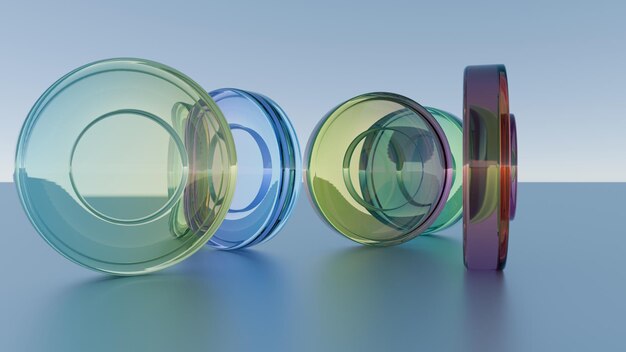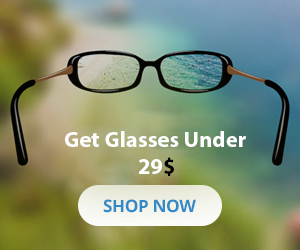Do you know about the lens material of your prescription safety glasses?
If yes, I would be surprised to hear this because most users are not aware of the lens’s material.
It means you are from those fortunate persons who upkeep their peeper’s health. You should, because there is no substitute for these blessings.
The lenses have an integral role in the selection of specs because they decide how much you are happy with your eyeglasses. The frame makes you a fashion statement, and lenses provide you view, so it is more important.
However, buying glasses is not an easy task because of the high competition among many eyewear industries. The recent search shows that there is a wide range of choices in lens shades and coating that can easily confuse you.
These days, it has become challenging to make a worth buying your eyeglasses. Here is a brief discussion about the lens guide. It will make your choice easy with which material you should go to.
Why Buying the Right Lenses is Essential?

When it comes to shopping for prescription safety glasses, the frame is crucial for comfort and appearance. It is the most powerful feature in eyeglasses shopping because if you are not comfortable, you should quit such a frame.
But when it comes to lenses, it influences four aspects style, comfort, eyesight, and safety. But people don’t consider it necessary before buying lenses. You should spend more time in searching for lens material, coating, and design.
But with the below basic guides about lens material, you will get a better idea about eyewear lenses. All information is about the prescription lenses either you need single-vision lenses or multifocal lenses.
Lenses Materials:

- Glass Lenses are invented in the early days of vision correction. Such eyeglasses are made of glass material. Moreover, the glass lenses were heavy and easily breakable. But they provide a clear vision because the material is scratch-resistant. Besides, the big disadvantage of not common because when it breaks, it hurts the eye as well.
- Polycarbonate Lenses were first time introduced for the safety program, but in the 1980s, they became a popular choice. Now they are gaining popularity, and their use has increased in safety eyewear. Polycarbonate is lightweight, impact-resistant, and UV protection. The preference for this material is leaning toward child eyewear because of its active nature. Besides, this material has more importance in sports activity as well.
- Trivex Material resembles polycarbonate because of many similar features. But the extra advantage of this material is its higher Abbe value.
- High-Index lenses: In the last two decades, the demand for thinner and lighter lenses has increased for prescription safety glasses. For this reason, the high-index lens was introduced in the eyewear world. Hence, they are thinner and lighter than other plastic materials. Moreover, their index of refraction was higher, and specific gravity was low as well.
Buying prescription glasses can daunting, but after getting an idea about lenses, it doesn’t have hard to decide. So, your frame and lenses should be in balance because, without comfortable wearing and vision, they are worthless.
It means you are putting your money on an insignificant item. Useful information about lenses will give you confidence in shopping for safety glasses for any purpose. While in an eye exam, you can take advice from your doctor because he will recommend eyeglasses that will be according to your preference.



